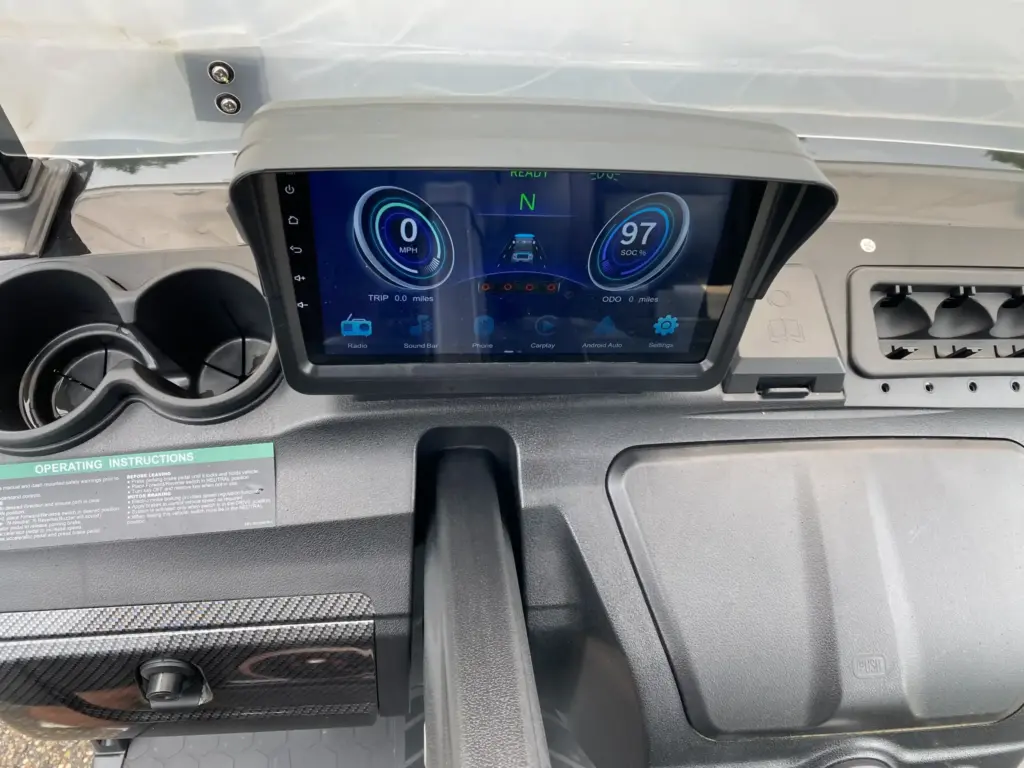Are Electric Vehicles Worse for the Environment
The question of are electric vehicles worse for the environment comes up often among drivers considering the switch from gasoline cars. Some worry that battery production, mining, and electricity use cancel out the benefits. Others highlight reduced tailpipe emissions, lower operating costs, and the ability to run on renewable energy. By looking at the full picture, we can see why electric vehicles often have the environmental advantage over their lifetime.

Why This Question Matters
Transportation is one of the largest contributors to greenhouse gas emissions in the United States. According to the U.S. Environmental Protection Agency (EPA), cars, trucks, and buses produce nearly 29% of the nation’s total emissions. When people ask are electric vehicles worse for the environment, they’re really asking whether making the switch helps or harms efforts to reduce climate change.
The Environmental Impact of Manufacturing
All vehicles—gasoline, diesel, hybrid, or electric—have a carbon footprint before they even reach a dealership. Manufacturing requires raw materials, energy, and global transportation. For EVs, battery production adds an extra layer of environmental cost. Lithium, cobalt, and nickel mining involve heavy machinery, often powered by fossil fuels. This makes the initial emissions from an EV higher than those from many gas cars.
However, research shows EVs can offset this “carbon debt” within a few years of driving, especially when charged on cleaner electricity. Once that break-even point is reached, their environmental advantage grows with every mile.

Battery Production and Recycling
The battery is the heart of an electric vehicle, and also the focus of many environmental debates. Critics of EVs often use this to claim are electric vehicles worse for the environment because of mining’s environmental cost. While mining does have impacts, battery recycling is improving quickly. Companies are now recovering lithium, cobalt, and nickel from old batteries, reducing the need for fresh mining and lowering future manufacturing impacts.
Electricity Source and Carbon Footprint
The environmental benefits of EVs depend heavily on the source of electricity used to charge them. In regions where coal is dominant, EVs have a higher carbon footprint compared to states powered largely by renewable energy. Even so, thanks to the efficiency of electric motors, EVs usually outperform gas cars in total lifetime emissions, even in coal-heavy areas.
As the U.S. power grid shifts toward wind, solar, and hydropower, the question of are electric vehicles worse for the environment will become less about “if” and more about “how much better.” States like California, Vermont, and Washington already give EVs a clear environmental edge because of their clean energy mix.

Operational Advantages
Once on the road, EVs produce zero tailpipe emissions. No nitrogen oxides, carbon monoxide, or particulates are released at street level—improving urban air quality. Gas cars, even with advanced catalytic converters, still emit harmful pollutants during operation.
EVs also convert more energy into motion. While gas engines convert about 20–30% of fuel energy, electric motors can exceed 85% efficiency. This means less total energy is required for the same trip, lowering environmental impact mile-for-mile.
Myth-Busting Common Claims
Myth 1: “EVs are worse because of battery production.” Reality: Higher manufacturing emissions are offset within the first two years of average driving, especially on cleaner grids.
Myth 2: “EVs just move pollution from the tailpipe to the power plant.” Reality: Even in fossil-fuel-heavy states, EVs’ efficiency keeps lifetime emissions below those of gas cars.
Myth 3: “Batteries can’t be recycled.” Reality: Recycling technology is advancing, recovering valuable metals for reuse and reducing the need for new mining.

Water and Resource Use
Gasoline production requires significant water for drilling and refining. Lithium mining also uses water, but unlike gasoline, an EV doesn’t need new raw materials to “fuel up” each week. Once built, it can be charged from clean energy sources, further reducing long-term resource use.
Air Quality and Noise Benefits
In cities, the switch to EVs reduces smog and improves public health. Zero-emission driving means cleaner air, fewer asthma cases, and less strain on healthcare systems. Quieter operation also lowers noise pollution, improving quality of life for residents near busy roads.

The Role of Renewable Energy
The cleaner the grid, the better the environmental performance of EVs. Pairing an electric vehicle with solar panels at home or participating in renewable energy programs can virtually eliminate operational emissions, making the answer to are electric vehicles worse for the environment a clear “no.”
Global Perspective
Countries like Norway, the Netherlands, and China are rapidly adopting EVs as part of their climate strategies. Their investments in infrastructure and clean energy make EVs even more sustainable, proving that large-scale adoption is possible without sacrificing environmental goals.

Making Your EV Even Greener
Drivers can maximize the environmental benefits of EVs by charging during off-peak hours, using renewable power when possible, and maintaining battery health. Choosing a vehicle that matches your needs—rather than an oversized, high-performance model—also reduces manufacturing and operational impacts.
Conclusion — Hartville Golf Carts’ Perspective
So, are electric vehicles worse for the environment? In most cases, no. While battery production and mining have an impact, EVs generally repay that carbon cost quickly and then outperform gas cars for the rest of their lifespan. As the electric grid grows cleaner, the benefits will only increase. At Hartville Golf Carts, we support smart, sustainable transportation—whether that’s an electric car for your commute or an efficient electric golf cart for short trips. Both can reduce your footprint and improve the air you breathe. For more on the environmental impacts of EVs, visit the EPA’s Green Vehicle Guide.








